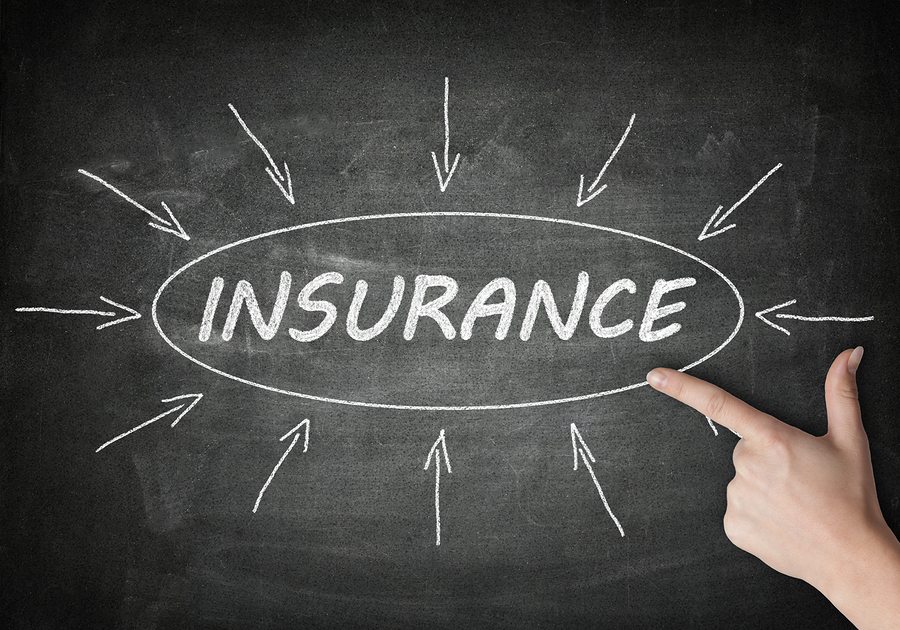If you’ve been running a construction business for long, you’ve probably been tempted to buy the first professional liability insurance plan your agent offers you—and renew it each year—rather than spend valuable time evaluating your options. After all, you have hundreds of other things to do—and most of them are likely more exciting than evaluating risk and estimating liability. However, having the right coverage in place when challenges arise is necessary if you want to remain solvent and avoid financial ruin.
Before your professional liability policy is up for renewal, we encourage you to consider the following:
No contractor should be without professional liability insurance. It’s your best form of protection from third-party claims of professional negligence due to acts, errors or omissions. Plus, it’s often included as a contractual requirement. Depending on the size and complexity of the project at hand, you may be required to purchase from $1 million to $10 million in professional liability coverage.
It can also protect you from claims related to the mismanagement of subcontractors, errors in your construction methods, inaccurate cost estimates, missing project completion deadlines and more.
If your revenues have decreased, you may still have a rate increase. Professional liability insurance underwriters concentrate on your potential risk of exposure, historical data, claim statistics and annual or projected revenues. Revenue fluctuations are common in the construction injury, but decreases in revenue often result in increases in insurance rate. That said, if your revenues increase, your insurance rate may actually decrease—assuming the rest of your work stays the same, i.e. you aren’t taking on new risks.
Other events may also trigger a rate increase. Material changes in services rendered may increase your exposure risks. Changes in the claims patterns of similar service providers may lead to a rate increase for you as well. And if you’ve made claims of your own in the past, including the previous policy term, they will be taken into consideration.
Fortunately, there are ways to keep rates lower. Taking on lower-risk projects can reduce your rates. Other ways to mitigate your risk exposure—and subsequently reduce the cost of your professional liability insurance policy—include employing a risk manager, employing a risk management firm, preparing a quality control manual and updating it annually, including “limitation of liability” provisions in your project contracts, having certified legal counsel review your contracts, and using subcontractors who have their own adequate levels of professional liability insurance.
Whether you’re purchasing professional liability insurance coverage for the first time or planning to renew a current policy, contact us today for further insight and the answers to all your construction risk management and insurance questions.



